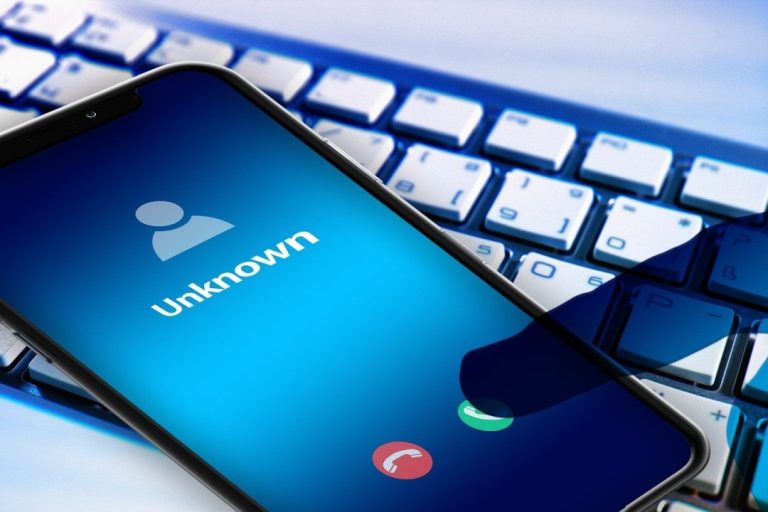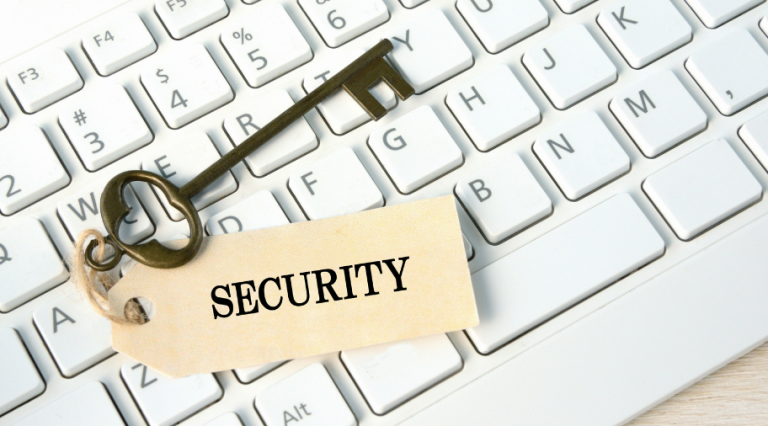The dental industry is quite competitive, and growing your practice and staying ahead means generating more leads. In the current world, where most people turn to the internet to search for any service, dental practices require efficient ways of marketing themselves.
The proven methods to get more dental leads
Improving online presence
Generating dental leads is necessary, and having an effective online presence is very important. Use SEO strategies to optimize your website first. See to it that your site contains the appropriate keywords, which can be after teeth whitening near me or teeth whitening. With calls to action, clear navigation and a fast loading website, you will keep visitors engaged, and they will book appointments.
Leveraging local SEO
Local SEO allows you to connect with dental services seekers within the area of your practice. Make use of those features in your google business profile, such as adding your business address, phone number and business hours. Ask happy patients to write a positive review because, in addition to building trust, they make your local search ranking really improve.
Running targeted advertising campaigns
With digital advertising, you have the potential to generate a lot of dental leads. It is also beneficial to use such to run targeted campaigns. Concentrate on the target areas and people to make people with potential to become patients know the services you offer. A good example is an ad about your same day emergency dental services which you can use to attract those in a rush for treatment.
Utilizing social media platforms
Social media platforms are very good if you want to communicate with larger audiences. Post articles about your services, happy patients and tips to have healthy teeth. You can also get followers to become your patients by hosting live Q&A sessions or giving exclusive discounts through a social media promotion.
Networking and partnerships
Networking with other businesses and professionals means that you’ll have a good source of leads. Dental health fairs and discussions should be conducted in schools, gyms or community centers and these can be sponsored. Networking is not only good for visibility but also for building the practice into an accepted part of the neighborhood. Click here https://www.funnelboostmedia.net/healthcare-marketing/dentist/seo/
Finally
Increasing the dental leads means working with the digital marketing methods, local SEO, and community participation. As the result of integrating these efforts with advertisements and partners, use will assist in helping your practice grow. Thus, it allows to supervise and improve the lead generation processes constantly and ensure the long term practice success.










